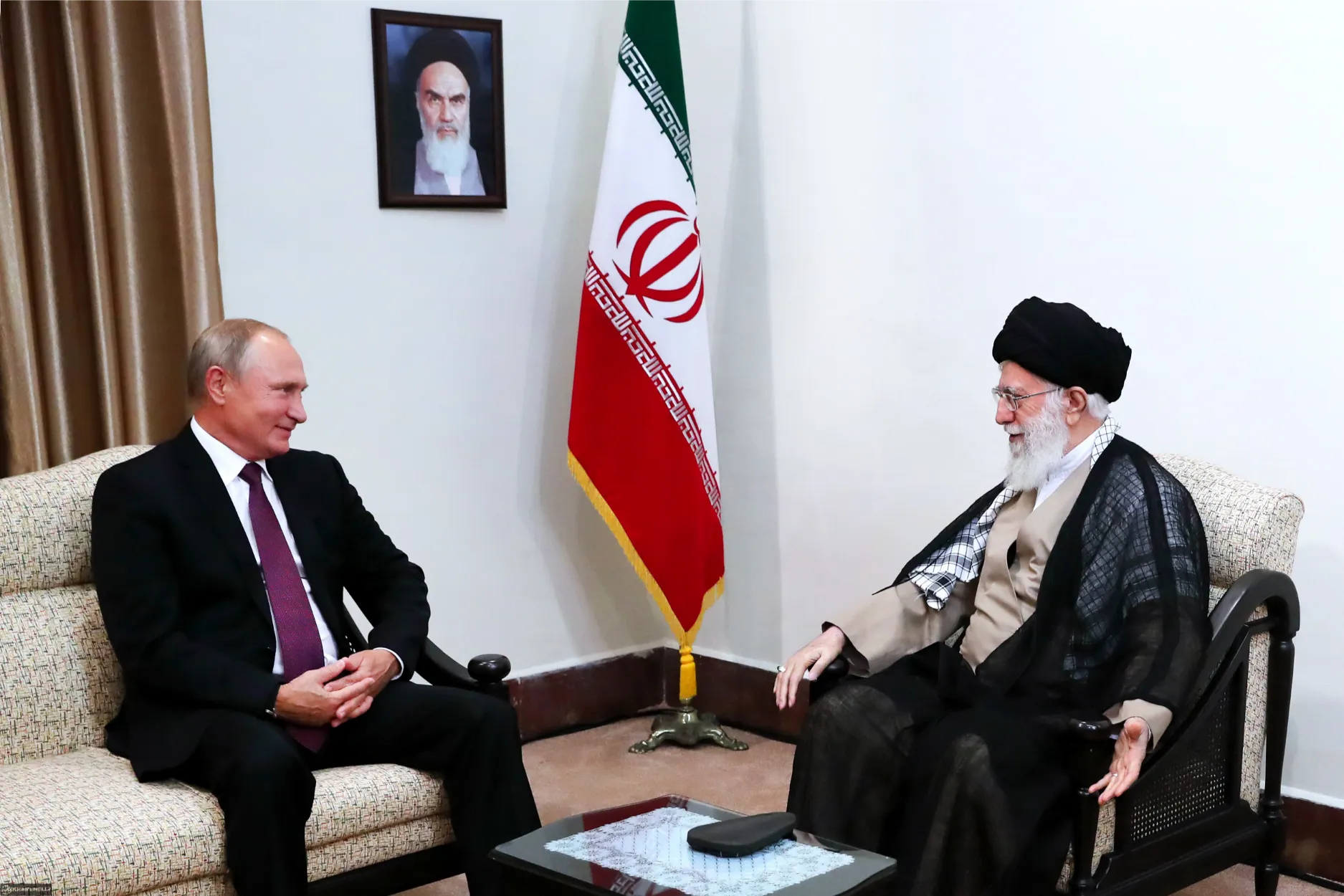The evolving relationship between Iran and Russia has reached a critical juncture, marked by a deepening strategic partnership that transcends mere opportunism. Recent developments, particularly diplomatic engagements and formal agreements, underscore a robust alignment driven by shared geopolitical objectives, mutual economic interests, and a concerted effort to counter Western influence.
Diplomatic Engagements and Strategic Convergence
A significant meeting in Tehran between Iranian Foreign Minister Abbas Araghchi and Russian Deputy Foreign Minister Rudenko Andrey Yurevich occurred during the Tehran Dialogue Forum (TDF). Iran’s state media emphasized both nations’ commitment to reinforcing bilateral relations through continued consultations at all levels. While specifics were limited, the public focus on the meeting signals Iran’s intent to highlight its strengthening ties with Russia. Araghchi reaffirmed mutual determination, and Yurevich praised the TDF, projecting unity.
This diplomatic gesture aligns with broader trends. Iran’s Parliament National Security and Foreign Policy Commission, alongside its Economy Commission, recently approved a bill for a Comprehensive Strategic Partnership Treaty with Russia, advancing it for full parliamentary consideration. Similarly, Russian President Vladimir Putin ratified a strategic partnership treaty with Iranian President Masoud Pezeshkian in January 2025. The treaty covers defense, counterterrorism, energy, finance, transportation, industry, agriculture, culture, science, and technology, establishing a framework for long-term cooperation.
Strategic and Military Cooperation
The military dimension of the Iran-Russia partnership has grown significantly since Russia’s war in Ukraine began in 2022. Iran’s supply of thousands of Shahed drones and short-range ballistic missiles has bolstered Moscow’s capabilities, with Russia producing its own variants, such as the Geran-2. This collaboration extends beyond matériel, with Russia benefiting from Iran’s drone technology on Ukrainian battlefields and Iran gaining diplomatic support and access to Eurasian markets decoupled from Western influence.
Joint military activities further underscore this alignment. In March, Iran, Russia, and China conducted a naval drill in the Indian Ocean and Gulf of Oman, focusing on maritime target strikes, damage control, and search-and-rescue operations. This exercise highlights growing naval cooperation, solidifying their strategic partnership. Additionally, Russia’s reported interest in leveraging Iran’s regional influence, such as through proxy networks, suggests an expansion of collaborative efforts.
Economic and Energy Collaboration
Economic ties are a cornerstone of the partnership, driven by mutual interests in circumventing Western sanctions and fostering regional connectivity. A $4 billion agreement between Iran and Russian companies to develop seven Iranian oilfields, alongside plans to increase Russian gas flows to position Iran as a regional gas hub, marks a significant step. Russia’s commitment to supply Iran with 55 billion cubic meters of gas annually and fund a new nuclear plant cements this economic interdependence.
Iran’s interest in a north-south economic corridor aligns with these efforts, aiming to enhance trade routes connecting Russia, Iran, and Eurasian markets, reducing reliance on Western-dominated networks. The strategic partnership treaty’s emphasis on conducting trade in local currencies reflects a shared goal of decoupling from the US dollar, enhancing economic resilience against sanctions.
Ideological Alignment and Geopolitical Strategy
The partnership is underpinned by a shared ideological rejection of the Western-led global order. Both nations advocate for a “multipolar” world, a vision articulated at the TDF and reinforced through cooperation in multilateral forums. This ideological convergence manifests in coordinated efforts to counter Western sanctions and influence global narratives. Russia’s diplomatic support for Iran, particularly in international arenas, and Iran’s military backing for Russia in Ukraine illustrate a symbiotic relationship. Russia has also publicly criticized US threats against Iran, reinforcing its role as a strategic ally.
Hedging Against US Nuclear Talks
Iran’s outreach to Russia occurs amid cautious optimism regarding indirect nuclear talks with the United States, mediated through Oman. Iran is hedging against potential fallout by strengthening ties with Russia, China, and some European countries. Recent talks in Muscat and Rome suggest progress, with both sides describing discussions as constructive. However, Iran’s messaging alternates between openness to diplomacy and rejection of negotiations under pressure, revealing its strategic calculus. Coordination with Russia and China on nuclear matters enhances Iran’s leverage, deterring Western military or economic actions. Russia, facing pressures over Ukraine, sees value in linking potential Ukraine deals to Iran’s nuclear negotiations.
Regional and Humanitarian Dimensions
Beyond strategic and economic ties, recent events highlight Russia’s role in Iran’s regional and humanitarian efforts. Putin ordered emergency assistance to help Iran extinguish a fire at the Bandar Abbas port, a gesture of solidarity that reinforces mutual support. Iran’s regional activities, such as exporting gas to Iraq and sending medical volunteers to Lebanon, reflect its ambition to assert influence with Russia’s backing. Russia’s engagement with Turkey complements this strategy, potentially integrating Iran into broader Eurasian frameworks, such as a proposed international gas hub in Turkey.
Implications and Future Trajectories
The Iran-Russia strategic partnership, formalized through treaties and reinforced by diplomatic, military, and economic cooperation, represents a significant shift in global geopolitics. Spanning defense, energy, and ideology, the partnership positions both nations as formidable players in a multipolar world. However, the incoming US administration’s potential outreach, offering deals on Iran’s nuclear program and Russia’s Ukraine conflict, introduces uncertainty.
For Iran, Russia’s support provides a critical buffer against Western pressure, enhancing its leverage in nuclear talks. For Russia, Iran’s military and regional influence strengthens its position against Western sanctions and isolation. Both nations remain pragmatic, open to deals that could alleviate their pressures. The partnership’s trajectory suggests deeper integration into Russia-led frameworks, but challenges include balancing regional ambitions with domestic economic constraints and avoiding over-reliance. As global dynamics evolve, the Iran-Russia alliance will likely continue to shape Middle Eastern and Eurasian geopolitics, challenging Western dominance while navigating a multipolar order.
